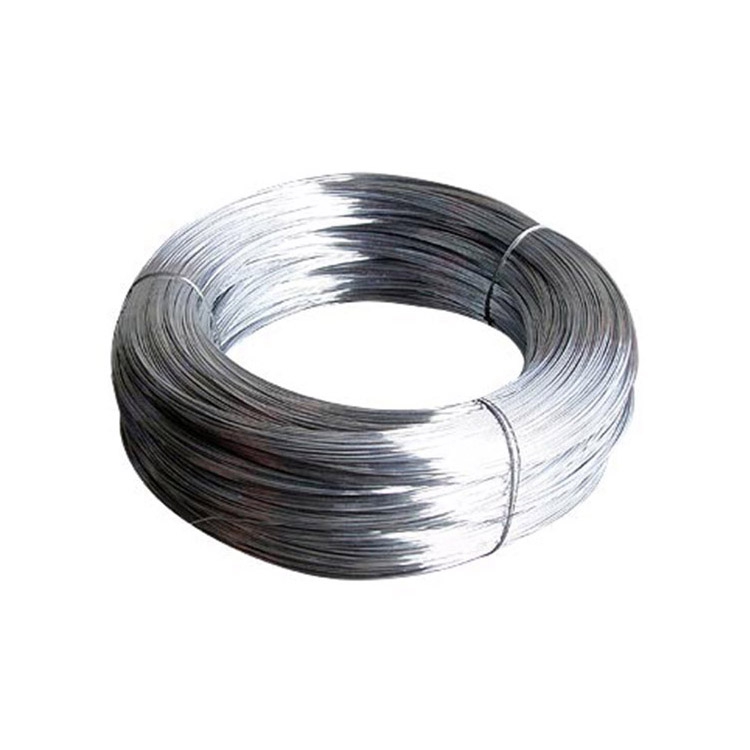Common Nails Manufacturing and Production Processes Insights
The Evolution and Importance of Common Nails in the Construction Industry
Common nails, the ubiquitous fasteners found in countless construction projects, have a history as fascinating as the structures they help create. Over the years, these simple yet essential tools have evolved significantly, becoming indispensable in both residential and commercial building projects. This article explores the history, manufacturing process, and the importance of common nails in the construction industry.
A Brief History of Common Nails
The story of nails dates back thousands of years, with evidence of their use found in Ancient Egypt. However, the common nail as we know it today began to take precedence during the Industrial Revolution, when advancements in metallurgy and mass production made them widely available. Originally, nails were hand-forged by blacksmiths and were quite costly. The shift to machine-made nails not only reduced costs but also standardized sizes, which laid the groundwork for their widespread use.
Manufacturing Process of Common Nails
The production of common nails has become a sophisticated process. Nails are typically made from steel, which provides strength and durability. The manufacturing process begins with drawing wire from steel rods, which are then cut to the desired length. The next step involves forming the nail heads, which can be flat, round, or dome-shaped, depending on the application. Modern manufacturing plants employ advanced machinery that can produce thousands of nails per minute. Additionally, some nails are coated with materials like zinc or epoxy to enhance their corrosion resistance, making them suitable for diverse environments.
The quality of common nails is paramount in construction. Substandard nails can lead to structural failures, which can be catastrophic. Therefore, manufacturers adhere to strict industry standards to ensure their products can withstand the demands of construction, including ASTM (American Society for Testing and Materials) certifications.
The Role of Common Nails in Construction
common nails factory

Common nails play a crucial role in both structural and non-structural applications. They are used to fasten wooden components together, making them foundational elements in framing, flooring, and roofing. Their ease of use allows for rapid assembly, which is essential in the fast-paced construction environment.
Beyond the basics, common nails are often used in conjunction with other fastening methods, such as screws and adhesives, to create secure, durable joints. In addition to wood, they can be used with composite materials and other substrates. This versatility makes them a favorite among builders and craftsmen alike.
Innovations and Trends
As construction practices evolve, so do the materials used. In recent years, there has been a trend toward using more sustainable materials and practices in the industry. This shift is prompting manufacturers to explore eco-friendly options for nails, including recycled materials and innovative coatings that reduce environmental impact.
Moreover, the rise of prefabricated construction and modular building techniques has created new demands for nails. Manufacturers are now designing nails that can be used in more specialized applications, such as those requiring enhanced holding power or weather resistance.
Conclusion
Common nails may seem like simple tools, but their impact on the construction industry is profound. From their rich history to the modern manufacturing processes that ensure their quality, these fasteners are essential in building the world around us. As construction technologies continue to advance, common nails will undoubtedly remain a cornerstone of the industry, adapting to meet the ever-changing needs of builders and homeowners alike. Whether you’re constructing a new home or repairing an old fence, the humble common nail will always be a reliable companion in the journey of construction.
-
The Ultimate Guide to Premium Quality Field Fence Solutions
NewsAug.12,2025
-
The Essential Guide to Premium Square Wire Mesh Solutions
NewsAug.12,2025
-
The Essential Guide to Hexagonal Wire Netting Farm Fencing
NewsAug.12,2025
-
Premium Continuous Deck Rail Slab Bolster Solutions
NewsAug.12,2025
-
High-Performance Aluminum Tie Wire Reel for Construction Applications
NewsAug.12,2025
-
Crafted Premium Galvanized Hexagonal Gabion Wire Mesh Solutions
NewsAug.12,2025














